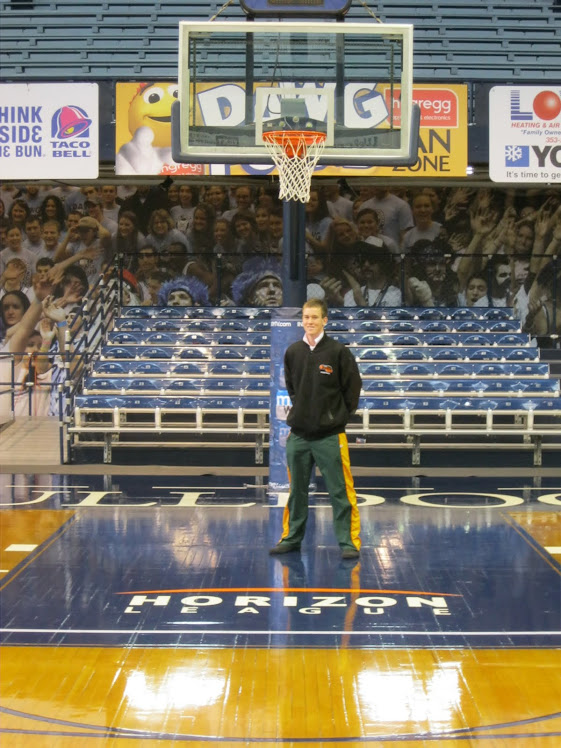Major functions of Circulatory System
- Transport blood to all parts of the body
- To carry water, oxygen and other nutrients to cells
- To remove waste from cells
- To assist in fighting disease and infection
- To assist in the regulation of body temperature
- An adult heart is about the size of a clenched fist
- At rest the average heart beats around 70 times per minute
- Heart rate can increase during exercise or physical activity to just over 200 beats per min
- At maximum work levl, the heart may pump as much as 35 litres of blood per min
Exercise has both immediate and long term effects on and benefit for the circulatory system. Immediate effects are those that occur as soon as exercise begins. These are:
- Increased heart rate (the # of times your heart beats per min)
- Increased stroke volume (the amount of blood pumped out of the heart per beat)
- Increased cardiac output (the amount of blood pumped out of the heart per min)
- Decreased resting heart rate
- Increased size of the heart muscle
- Increased stroke volume and blood volume
- Decreased blood pressure

Structure of Circulatory System
There are 3 main types of blood vessels in the human body: arteries, veins and capillaries
Arteries: Carry blood (full of nutrients) away from the heart
Capillaries: very small blood vessels that surround muscles and organs to give them nutrients such as oxygen and water, and remove waste, such as lactic acid.
Veins: take blood with waste products from the capillaries back to the heart to remove the waste.
The heart is made up of four different chambers that make the blood move around the body.
These are:
- The right atrium, which receives blood from veins and pumps blood into the right ventricle
- The right ventricle, which pumps blood into the pulmonary artery towards the lungs and pumps it into the left ventricle
- The left atrium, which receives blood filled with oxygen from the lungs and pumps it into the left ventricle.
- The left ventricle, which pumps nutrient filled blood around the body through arteries
- Plasma - mostly water and is made up of most of the volume of our blood
- Platelets - help to clot blood so that we don't bleed to death
- Red Blood cells - work to move oxygen to our organs and muscles
- White blood cells - attack anything in our body that is harmful to us, such as viruses and disease.
- There are several different ways to measure an individuals cardiovascular fitness levels:
- Resting heart rate
- maximum heart rate
- 12 minutes
- beep test
- Lung capacity (how much air your lungs can hold in one breath)
- VO2 max ( how much oxygen your body can take in and use for exercise)
